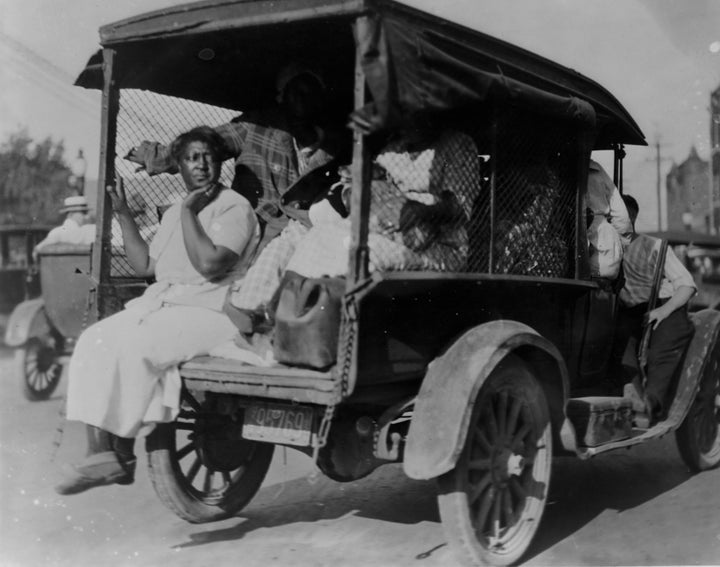Researchers in Oklahoma have found what is possible evidence of mass graves from the 1921 Tulsa race massacre, one of the worst instances of racial violence in American history.
Scientists presented the findings at a public forum in Tulsa on Monday. Scott Hammerstedt, senior researcher at the Oklahoma Archeological Survey based at the University of Oklahoma, said at the forum that he was “as confident as I can be that this is a very big candidate for something associated with the massacre.”
He cautioned that the findings need “to be investigated further.”
In October, the Oklahoma Archeological Survey conducted what is called a “geophysical survey” of areas to locate potential burial locations linked to the massacre at the request of the city of Tulsa.
Geophysical instruments use noninvasive methods to “measure and locate variations of the physical characteristics of the soil” by operating near or at ground level, an Oklahoma Archeological Survey report explains.
Last year, Tulsa Mayor G.T. Bynum called for the city to reinvestigate the existence of mass graves from the 1921 massacre in Tulsa’s prosperous Greenwood District, where some investigators believe as many as 300 people were killed, though estimates vary.

In 1921, a white mob violently rampaged through the Greenwood District, an area of Black-owned businesses known as Black Wall Street, and burned down and destroyed much of the area, including homes, churches, schools and a hospital, according to a 2001 Oklahoma commission report.
The white mob attacks on Black residents in the Greenwood District began after Dick Rowland, a 19-year-old Black shoe shiner, was accused of assaulting Sarah Page, a 17-year-old white elevator operator in downtown Tulsa on May 30, 1921.
The report determined that Rowland most likely tripped and stepped on Page’s foot, and he fled after she screamed. Charges against Rowland were later dismissed.
White mobs gathered at the Tulsa County Courthouse where Rowland was being held on May 31. Under the threat that Rowland would be lynched by white rioters, groups of armed Black men arrived to help protect him, the report said, adding that violence erupted after a shot rang out at the courthouse, where Black residents were outnumbered more than 20 to 1.
White armed rioters descended upon Black neighborhoods, shooting and killing Black residents in a violent rampage that carried over until June 1.
“Despite a valiant effort, Black Tulsans were simply outgunned and outnumbered,” the report said.
The history of the Tulsa massacre, which was depicted in October’s premiere episode of HBO’s “Watchmen,” had largely been suppressed for decades.
“For decades it was hush-hush,“ photojournalist Kavin Ross told CBS News. ”Even some of the survivors that I interviewed, they were quiet and telling me, ‘Oh, and the white people — ’ They were whispering in their own homes because they were brought up not talking about what happened.’”
The Oklahoma Archeological Survey report noted that it studied areas at three sites for possible mass graves in October: Oaklawn Cemetery, The Canes and Newblock Park.
Scientists noted they discovered “anomalies” that are “consistent with potential large graves” in portions of the areas they surveyed.
A public oversight committee created for the investigation of mass graves will decide potential next steps, which could include excavation, according to a press release from the city in November.
The committee is slated to reconvene in February.

